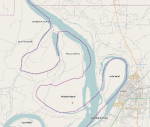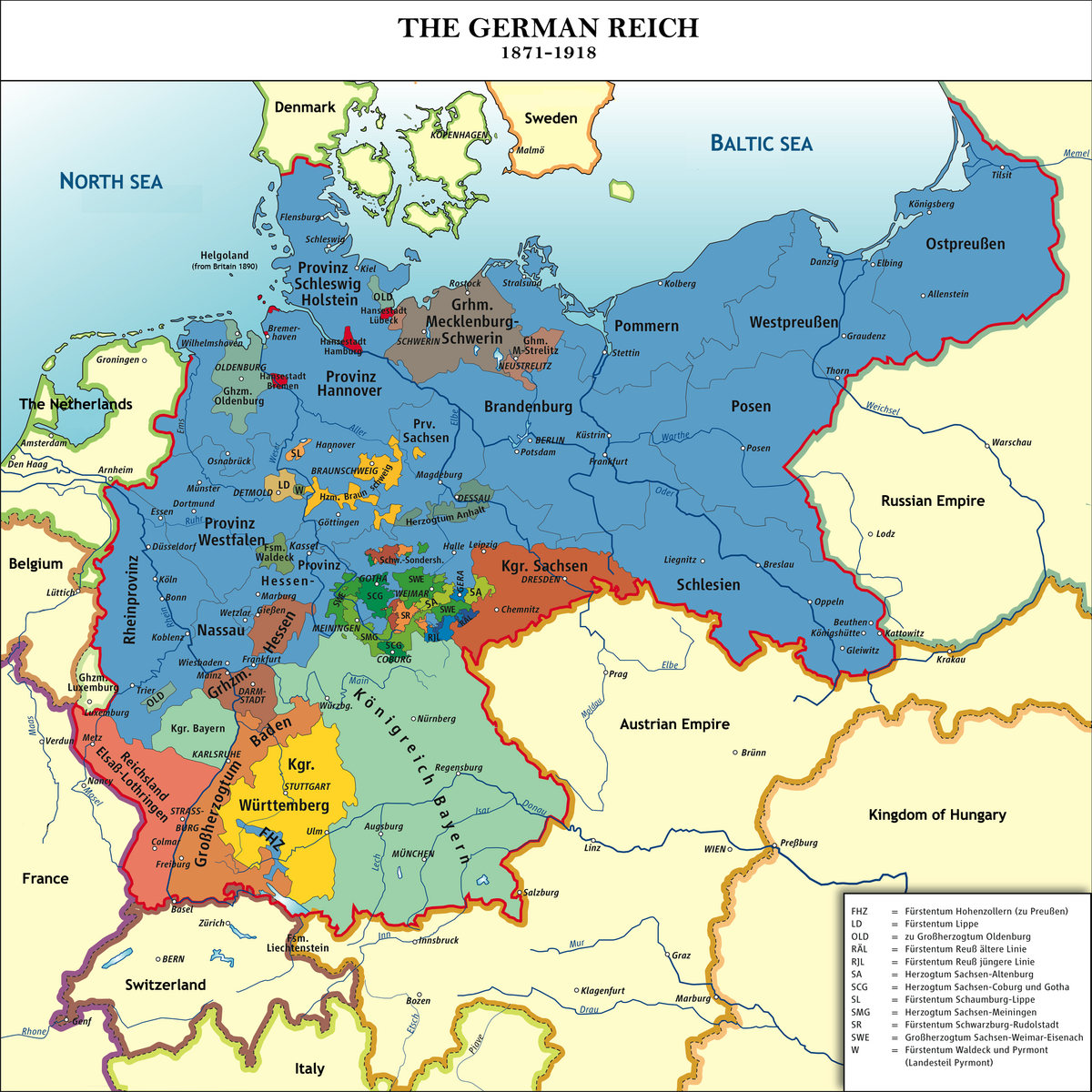A couple of years ago, I was looking into the historic borders of Sweden in the East. In the very northernmost part, by the coast, there were pretty detailed specifications to be found, and in the south, in Karelia, there were similarly some very detailed specifications. But much of the historical border between Finland and Russia has been very unspecified, because most of that area had been entirely unexplored until the late 19th century. In looking over some old maps, I kept finding this place called Lake Måmeljaur which I couldn't find on modern maps, which was supposed to be very near the border between Finland and Russia. Now, those old maps often got the latitudes and longitudes completely wrong, so it was completely possible that I was looking in the wrong place I figured. Maybe Lake Måmeljaur was an old name for a lake that currently had another name or something.
I eventually found the whole confusing matter explained in a book I found, which explained that Lake Måmeljaur started to appear on maps in the 18th century, and continued to appear on them until the early 20th century, when it was determined that the place did not exist. See what had happened was that whenever they were making a new map of the area, they didn't properly try to explore it, and would just copy previous maps, and it was first with the advent of modern aviation and proper landsurveying that it was concluded that, yeah,
no such lake actually existed.
The clues had been there all along, seeing the very name
Lake Måmeljaur is ridiculous, seeing it is gibberish in all three of Swedish, Finnish and Sami.
I decided that this geographic curiosity had some potential, and so I made it so that when they redraw the previously ambiguously defined border between Sweden and Russia (as in OTL) in the Swedish Strangerverse in 1859, they define it explicitly so that it goes through Lake Måmeljaur. This of course eventually leads to people trying to find Lake Måmeljaur, and there is this entirely triangular area up in Lapland where it's unclear whether the Russians or the Nordic Empire have jurisdiction, and so criminals use it as a safe zone.
I wrote a story about it.





